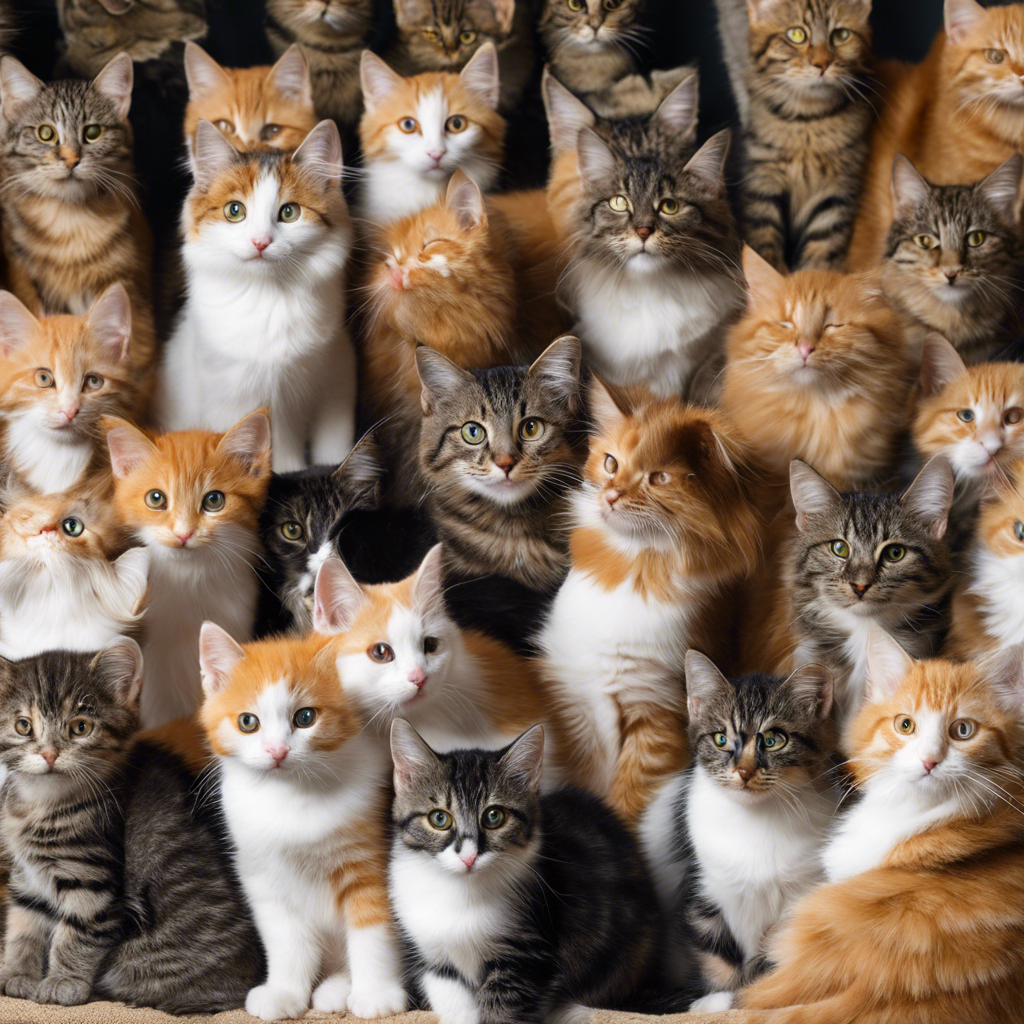As the winter months approach and the weather turns colder, many of us look forward to cozying up our homes with warm and inviting decorations. However, for cat owners, this festive transformation can present unique challenges. Cats are curious creatures, and their playful nature can sometimes lead to mischief when it comes to seasonal décor. So, how can you create a winter wonderland while ensuring your feline friends stay safe and happy? Here are some cat-safe tips for decorating your home this winter.
Opt for Natural Greenery: Bring the outdoors in by decorating with natural greenery like pine branches, holly, and evergreen sprigs. These aromatic additions add a festive touch without posing the same risks as some artificial plants. However, be cautious of sharp needles that could be harmful if ingested by your cat. Consider placing greenery out of reach or using fake greenery that is pet-safe and free from toxic materials.
Choose Pet-Friendly Ornaments: When it comes to ornaments, glass and fragile decorations might not be the best choice for cat owners. Instead, opt for sturdy, pet-friendly alternatives made from materials like wood, felt, or fabric. You can find a wide variety of cat-themed ornaments that are both safe and adorable. Hanging ornaments higher on the tree, out of your cat’s reach, can also prevent accidental knock-offs.
Create a Distraction: Cats love to play, so why not provide them with their own winter-themed toys? Offering your cat a new scratching post or interactive toy can keep them entertained and distracted from your more delicate decorations. You might also consider creating a cozy cat corner with a heated bed and some treats to encourage them to spend time in a designated area, away from your winter display.
Secure Your Holiday Lights: Twinkling lights are a staple of winter décor, but they can be tempting for cats to chew on. Ensure that all wires and cables are securely fastened and hidden as much as possible. Consider using cord covers or running lights through PVC pipe to prevent curious cats from gnawing on them. Battery-operated LED lights are another great option, as they often have lower voltage and reduce the risk of electrical hazards.
Set Up a Safe Space: Cats appreciate a cozy retreat, especially during the colder months. Create a designated safe space for your cat, complete with their favorite bedding, toys, and perhaps a window perch for them to enjoy the winter scenery. This provides them with a sense of security and may reduce their urge to explore your winter decorations.
By incorporating these cat-safe tips, you can create a warm and welcoming winter atmosphere in your home while ensuring your feline companions remain safe and content. Remember, a little creativity and consideration for your pets can go a long way in making your winter celebrations enjoyable for the whole family. Happy decorating, and stay warm!










